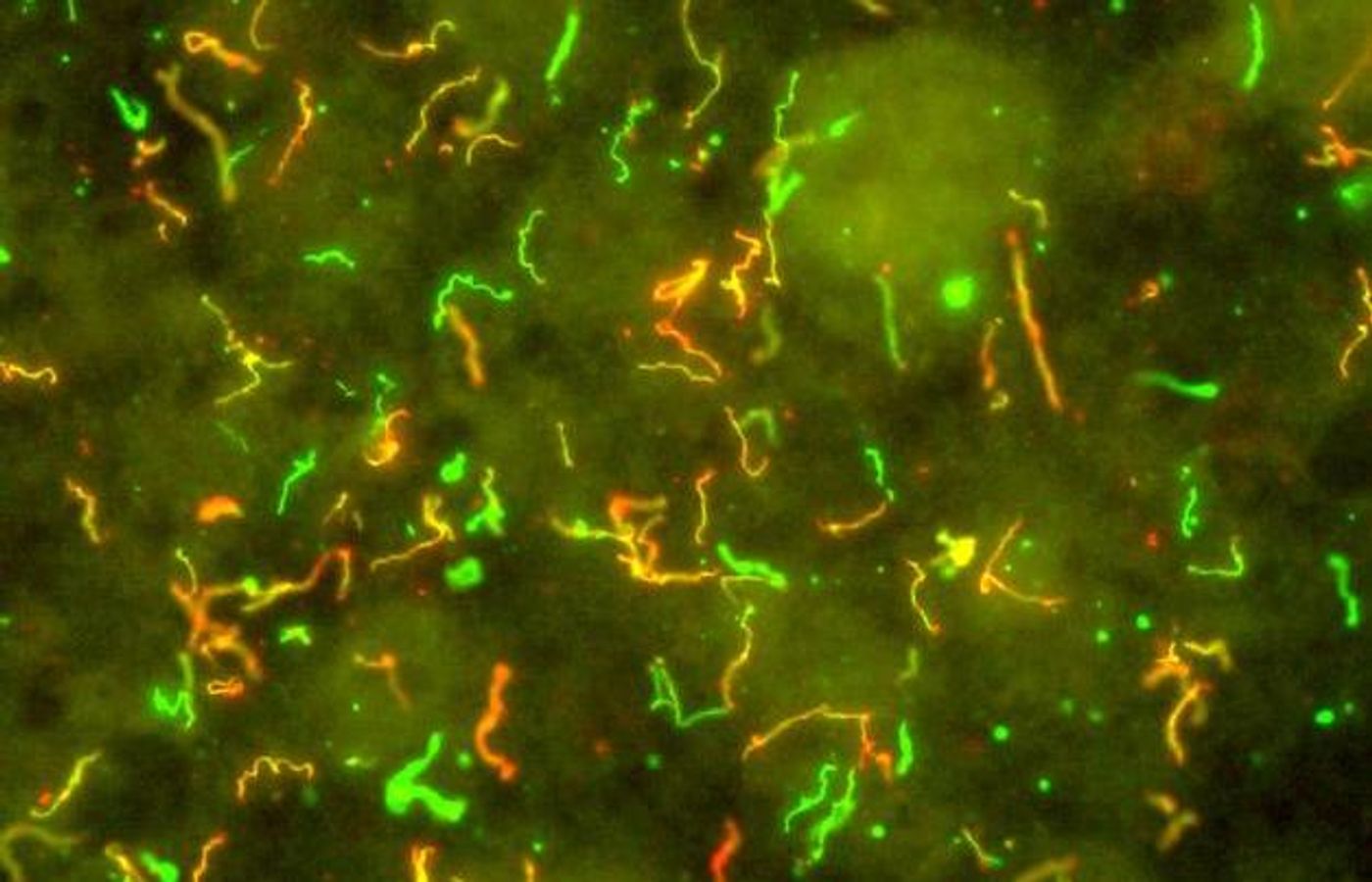Some People Have a Sweat Protein That may Protect Against Lyme Disease
Lyme disease is an infectious illness caused by bacteria called Borrelia burgdoferi, which are transmitted by tick bites. Symptoms include fever, headache, chills, fatigue, and a bull's-eye rash. The incidence of the disease has been rising, and the ticks that carry these pathogenic bacteria have been moving into many new areas. About half a million Americans and an estimated 200,000 Europeans are affected by Lyme disease every year. While the illness can usually be relieved with antibiotics, symptoms can persist for months or even years in some people, and if the infection is not diagnosed and treated quickly, serious complications can arise.
Researchers have now identified a protein in human sweat called SCGB1D2, which seems to provide some protection against Lyme disease, in some cases. The work determined that a variant of this sweat protein, which is found in about one-third of the population, is associated with Lyme. The findings, which have been reported in Nature Communications, could help scientists develop better preventive approaches for Lyme.
"This protein may provide some protection from Lyme disease, and we think there are real implications here for a preventative and possibly a therapeutic based on this protein," said co-corresponding study author Michal Caspi Tal, a principal research scientist in MIT's Department of Biological Engineering.
The investigators used genome-wide association tools to look for small variations in the human genome that were linked to an increase in the risk of Lyme disease. This revealed three molecules, including two immune proteins that have been associated with Lyme before this, and SCGB1D2, a secretoglobin that lines the organs and is related to infection response.
When different variants of SCGB1D2 were exposed to Borrelia burgdorferi in the lab, the growth of the bacteria was significantly disrupted by the standard version of the molecule. But twice as much of the variant molecule SCGB1D2 was needed to suppress the same level of bacterial growth as the standard version.
Mouse models were also created, one of which carried the standard SCGB1D2, while another carried the variant. When both mouse models were exposed to Lyme bacteria, mice with the standard SCGB1D2 did not get infected with Lyme while the mice with the variant did.
"In the paper we show they stayed healthy until day ten, but we followed the mice for over a month, and they never got infected. This wasn't a delay, this was a full stop. That was really exciting," said Tal.
More work will be needed to determine how SCGB1D2 disrupts bacterial growth and why the variant is not as effective. The investigators are also planning more research to explore the potential of SCGB1D2 as a treatment for Lyme infections that are not completely relieved by antibiotics.
"We have fantastic antibiotics that work for 90 percent of people, but in the 40 years we've known about Lyme disease, we have not budged that," noted Tal. "Ten percent of people don't recover after having antibiotics, and there's no treatment for them." This research could help change that.
Sources: Massachusetts Institute of Technology, Nature Communications









